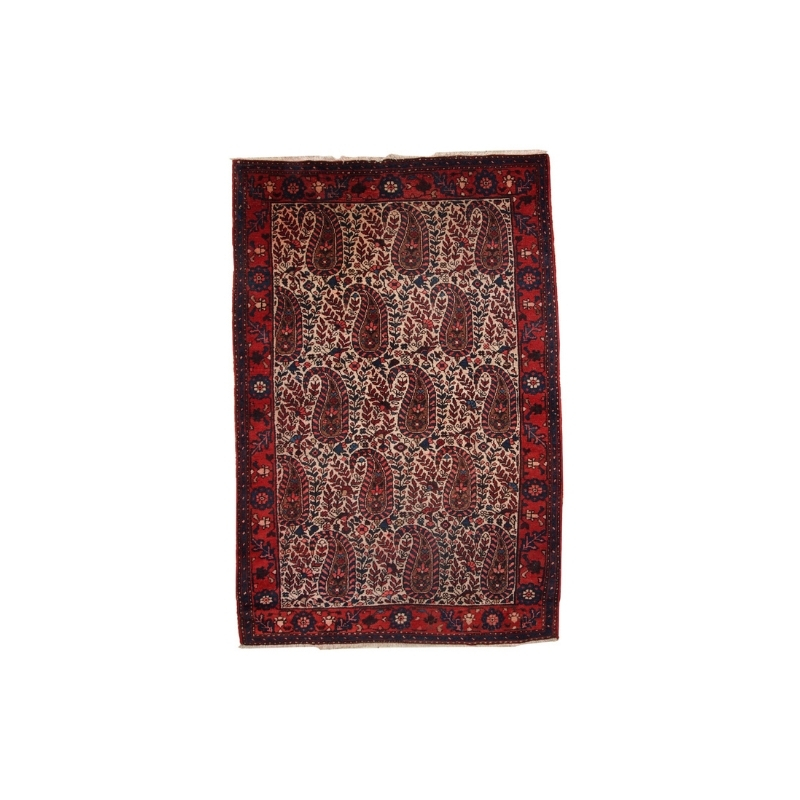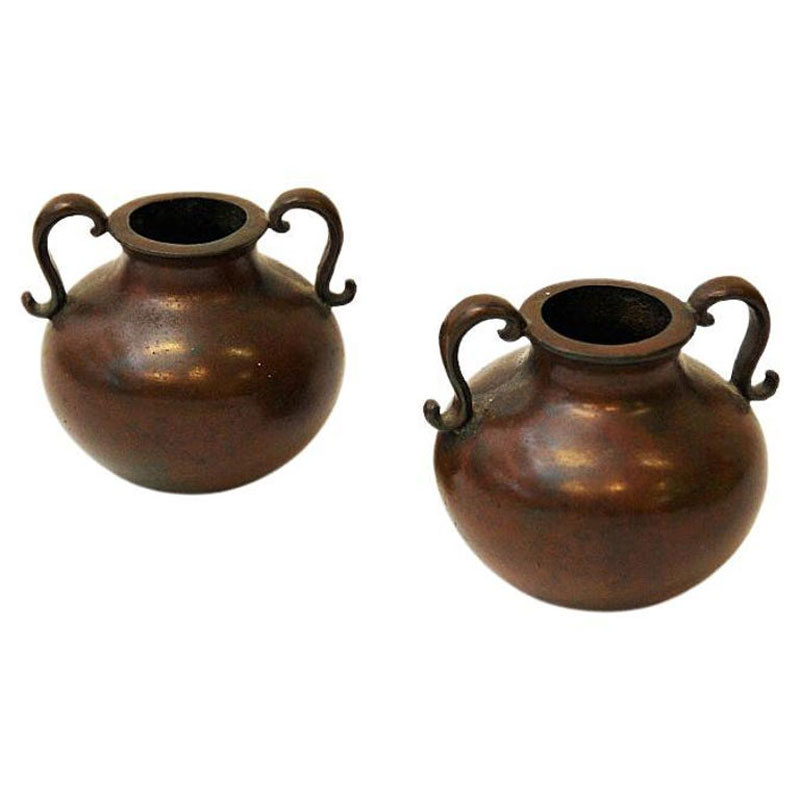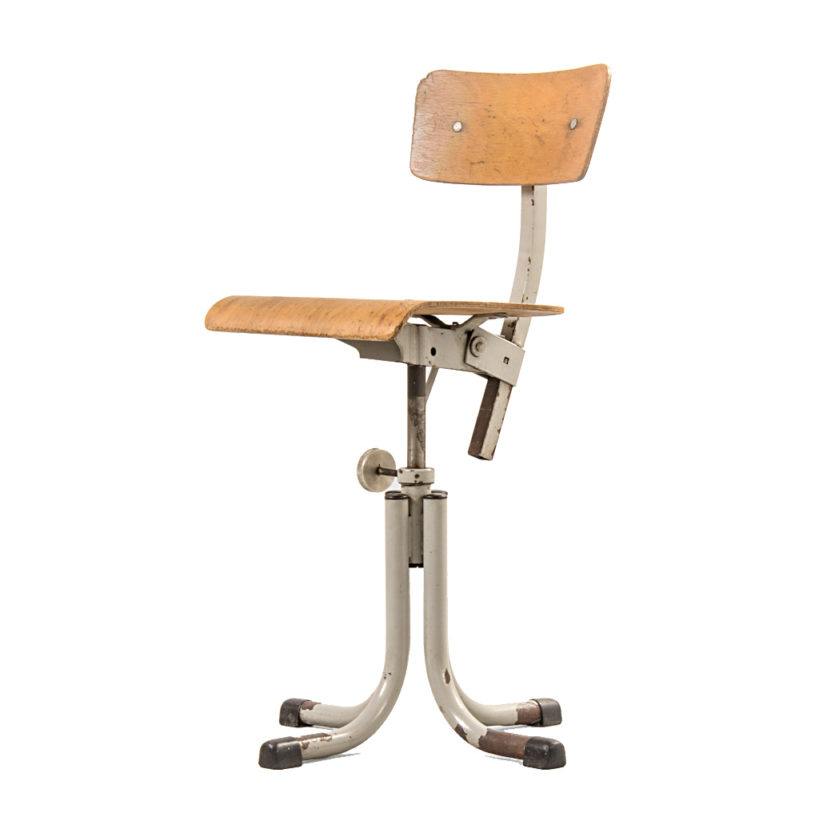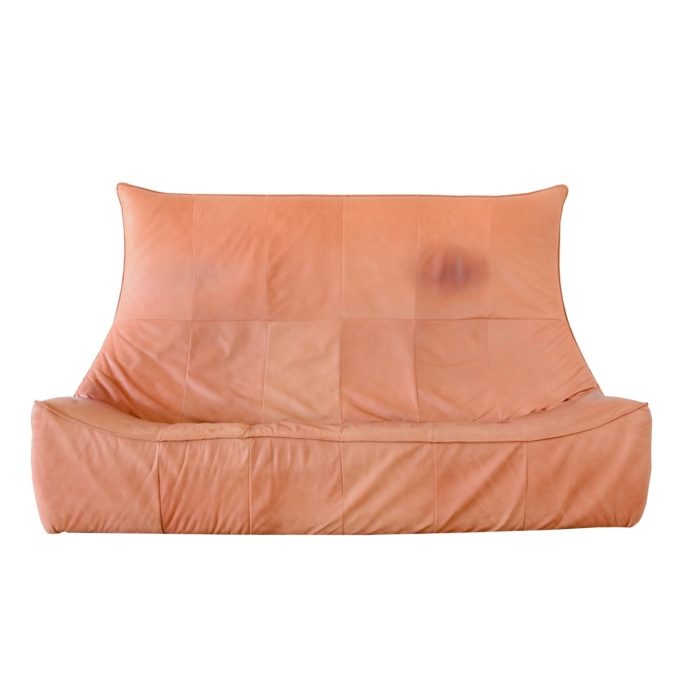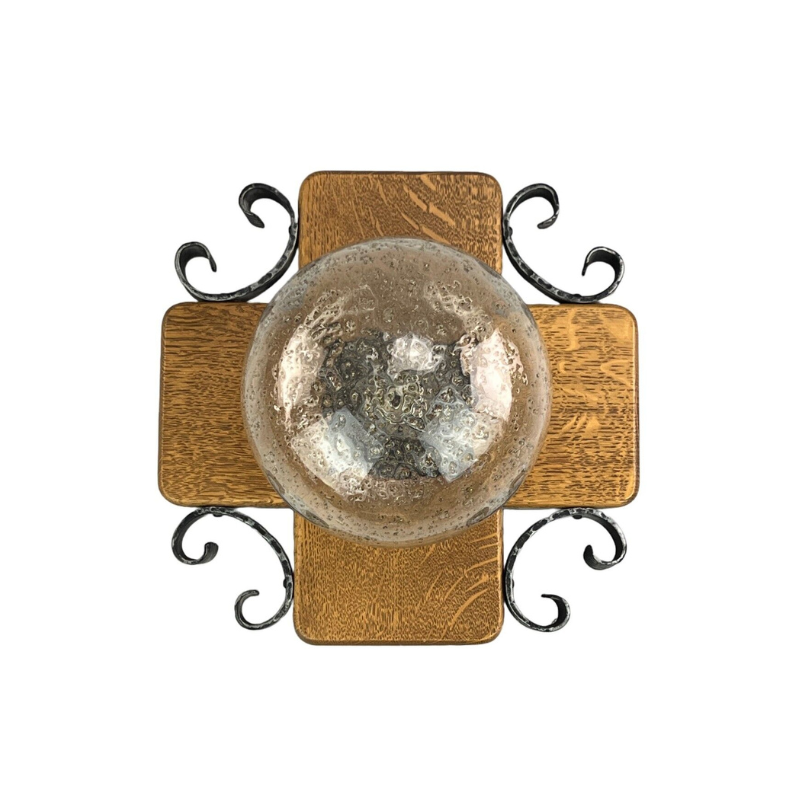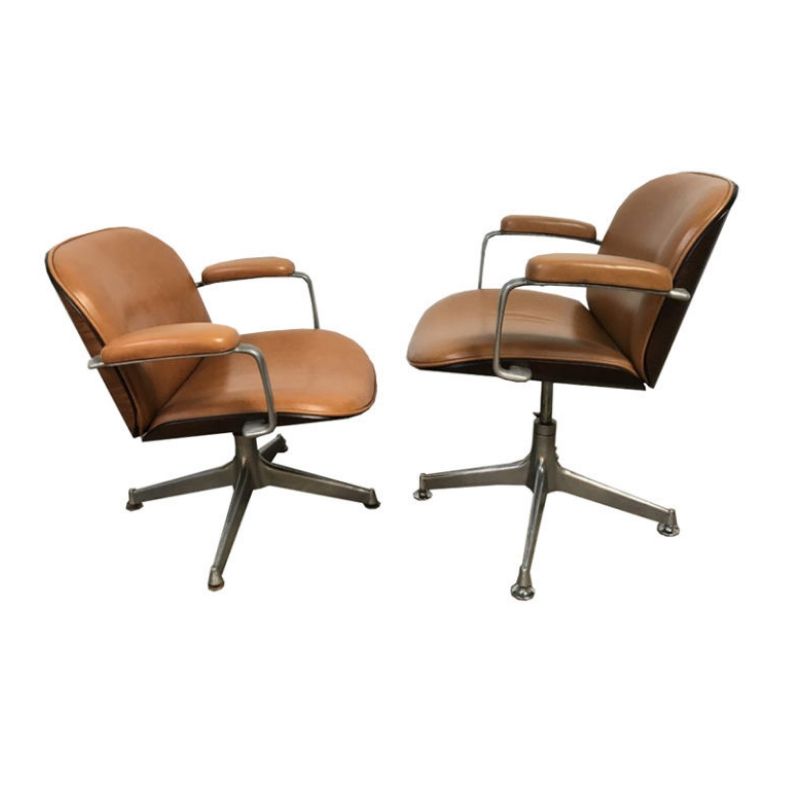Whitespike Sofa
Do you still need the sofa done?
I'm sure if you filled out an estimate request with us it was replied to.
The response might have been hit with your spam filter.
Send us an e-mail at anytime and i will be sure to send you a quote.
You know us we are always there to please.
(edited by Design Addict - no advertising please)
Eames Lounge Chairs Repair Panels
This hard to find part is available in Brazilian rosewood.
All we need is a detailed picture of your damaged panel in natural light and we can closely match the grain.
On the other hand if you send to us your panel we can match the grain & refinish a new panel so that it matches your existing parts.
Drop us a line if you have any questions.
Shock Mount Observations and Comments
Having recently experienced my 11-year-old Eames 670 lounge chair coming apart on me at the moment of a relaxing sit-down, I've followed with great interest the discussion between those seeking help and those offering comments and repair services. My shock mount failure thankfully did not result in damage to either the opposite side, seat-shell or lower back shell plywood ears. After complete disassembly of the chair and a close examination of the one loose shock mount and its slightly recessed, routed fixation point on the seat shell, I'd like to offer my own observations and conclusions, some of which may be at odds with those who appear to have developed definitive opinions about the best repair approach.
I agree with and support Poach?s 7/6/09 shock mount post and, with all due respect to Peter Triestman's many posts across the Eames chair blogosphere, take issue with his 11.16.09 post that failure is due to "neoprene oxidizing and the neoprene sticking to the glue, still on the chair. It is usually not the glue failing and the mount leaves a thin black layer on the chair" [sic].
The shock mount assembly, in my case anyway, has a finely brushed steel face at the surface that bonds with the wood seat shell, and is set into a less than close-fitting, routed recess of only about 1/8th, it?s quite clear that the primary bonding surface is not the neoprene portion of the shock mount at all but the brushed steel shock mount plate (with two drilled holes that further act as adhesive "keys"). This is simply logical as there is insufficient neoprene surface exposed to wood to allow any kind of meaningful bond. Those who attest otherwise must have a different shock mount configuration. My chair presented a clean adhesive failure, leaving the recess coated with adhesive, the male shock mount plate completely devoid of any adhesive and the neoprene portion of the shock mount fully intact. There is no apparent ?oxidation? of the neoprene, but I'll grant that is may be due to the relative youth of my chair.
In view of the above, the $800,+shipping fee I?ve been quoted to replace Eames designed/Herman Miller fabricated components with some other arrangement of non-original materials seems both excessively expensive and ill-advised. Poach has it right. I plan to thoroughly clean both mating surfaces and re-glue. This is not rocket science for anyone who has some skills. Adhesives, especially two part epoxy formulations, have advanced considerably since this chair design was first conceived.
PC-7 (dries grey) is a good product. Loctite 83200 which dries white and has a shear strength of 1750psi - far beyond any stresses a lounge chair fitting could ever be subjected to in normal use. There are many others. Most two-component epoxies are designed for compatibility with many materials. With properly prepared surfaces such as those under discussion, the precise selection is less important than preparation and glue-up procedures.
Jake - I'm not in the...
Jake - I'm not in the furniture repair business, and my own repair is imperfect. I'm sure that Alfie and Peter are much more capable than I am. However, if you're not going to send your chair to either of them, and are uncomfortable performing my repair yourself, let me know, and I'll do what I can to help you fix your chair.
Architect - Sounds like your shock mounts are constructed a bit differently than the vintage ones. The older mounts don't have the brushed metal base. It's actually a rubber to rosewood connection. Even so, I agree with your assessment. If it's pulled away cleanly, re-glue , and enjoy.
Finally, I'm just curious if there's any update from FurnDesignStudent. Is there a new shell to show?
First time I sat on my restored Eames 670 Lounge Chair today...
...its a rare 1960's edition in Brazilian Rosewood, as confirmed by G Mancha UK.
Unfortunately, I used Special K's "fabulous" shock mount and mounting kit.
I regret to inform that the glue failed after leaning back the 2nd time. Luckily, I was weary as it made a creaking noise and I shot back up IMMEDIATELY!!!! Saving the ply shell from fracturing - thank god as it has just had a repair there and rosewood spliced into it at quite an expense! Never mind the expense, if my beautiful chair had broken again, I doubt I would be able to repair where it fractured again, leaving me a very sad. And no amount of insurance compensation would rectify this!
I will be removing this junk, and will request that my restorer re-glue the original ones using the 3M product mentioned above...just hope I can find that exact versions of the epoxy over here in the UK (1838) Does it go by any other name?
Just to let everyone know, it was restored & repaired by an excellent restorer including the shock mounts by Special K, before anyone has a dig at my DIY skills.
Very disappointed as I had this kit shipped from the USA to the UK as they made it sound so good on eBay...gullible me!
Sorry design addicts, I had wished to show you the pictures of the completed chair today, as per my "SACRILEGE" thread I started a few weeks ago...you remember the wrecked chair most said to abandon...
Some day, maybe some day...I will get to show it off here?
I also ordered the shockmount...
I also ordered the shockmounts from special k but I did not used the glue that came with it as I did not see any labels nor info. So I bought the PC7 and it worked well, it really hardens like steel. I clamped the shockmounts while the glue dries and kept it clamped for 1 day and reattached the panels after 3 days. It's been 3 weeks now and everythings holding up. I am satisfied with special k's shockmounts but I did not use their glue, I used PC7. I would suggest you guys do the same.
670 Lounge Chair Shock Mount and Adhesive Comparison.
Thanks to Design Addict for having this site available and thanks to all of you for all of your comments. We have used both good and bad comments to continue to improve upon our Polyurethane 670 Eames Chair Shock Mounts.
Since the topic of this thread has drawn away from the shock mount and leaned more towards the adhesive, including some failure with the adhesive we supply, we would like to comment and will try as much as possible not to advertise.
In this thread, some suggestions of adhesive have been made, so we decided to do some testing to find out what works best for mounting our shock mounts. Please note this is not for the neoprene rubber mounts.
First: 3M Scotchweld 1838L. The "L" stands for clear the standard 1838 is green. This product is not available in your local hardware stores. It is available in 2 ounce tubes but you need to buy 6 tubes from a 3M distributor. We acquired a sample from our 3M Rep. In testing we found this products viscosity to be very thin, making it difficult to keep the mount from sliding around while clamping, creating more of a mess to clean up.
Secondly: PC products PC-7. The thickest of the three products we tested, spread easily and was the most user friendly. After a quick light squeeze with a clamp the mount hardly shifted making clean up of the excess adhesive around the edge of the mount easy.
Third: Devcon 5 Minute Epoxy Gel: This is the product we have been supplying since day one. We initially tested it against Loctite Epoxy and Gorilla Epoxy and found that the thicker ?gel? worked the best. We recently contacted our first customer of the 670 mount who also used the Devcon product and his chair is still holding up fine.
To be fair and really learn from this study we tried to do everything equal on each application. The mounts were cleaned and prepped the same way. We purchased Brazilian Rosewood to adhere the mounts to, cut from the same block and kiln dried together at the same time. The adhesives were applied the same day and all allowed to cure for 14 days at room temperature before testing. We also spent the money to have testing done by an outside source so that we would not be accused of favoring.
Even though we did not find out which of these three products was better in strength, we did learn that they all worked and the polyurethane mounts held up good as well and have improved.
We have learned that the few failures that our customers have had have been with over clamping the mount during the adhesion process creating too thin of an adhesive layer between the wood and mount. After re-adhering with less clamp pressure the problem was solved....
(edited by DA - no advertising please!)
670 Lounge Chair Shock Mount and Adhesive Comparison Continued
...Some epoxy adhesives require a minimum adhesive film of 4 mils (.004?), in the case of the PC-7, the thickness of the material will not allow for less. We used a small spring clamp which only applies about 10 pounds of force.
I would think a thicker adhesive layer would not hurt.
Between the latest three adhesives we tested, all withstood forces of over 2000 lbs which will outperform the screws or most likely the veneer. So, due to the ease of use and availability we will be switching our vote to the PC-7 for our polyurethane 670 Eames chair mounts.
As far as the neoprene mounts, this is a different compound and a different method of adhesion is required.
Neoprene is one of the harder materials to bond to. We have done a little research and have found that Charles Eames did extensive studies and R&D as well to accomplish the task of bonding his neoprene shock mounts. Along with the adhesive many steps were taken to get the effective bond such as etching with concentrated nitric acid, coating parts with synthetic resins, and then adhering with modified urea formaldehyde liquid adhesives with heat and pressure, these products melt the neoprene surface to create the bond. However, as the rubber degrades over time and therefore so does the bond.
We also have documents of the different adhesives used over the years and also documents of testing by Mr. Eames that shows failure at 450 to 500 lbs of force on new adhesion, which at the time was considered acceptable for the expected life of the chair. Some of these adhesive products are still available today and may have improved over the years, but better materials and other adhesives have also evolved.
Now the option to maintain your chair either by you with confidence or by professional with remains yours.
(edited by DA - no advertising please!)
scotchweld
Poach and others that have used 1838.
Am curious how you selected it. I bought Scotchweld DP-190 about a year ago thinking I was ready to use it. I don't recall why I selected it. I was able to get here in the Minneapolis area through Fastenal. It is also intended for commercial use, so one needs a special applicator device which I do not have, but will figure something out.
Helpful info on this thread regarding clamp pressure, etc.
I will soon be using it along with the Special K lozenge shockmounts on my 2 LCW's.
Thanks
selection process
It's pretty simple. I just asked a guy who worked on the 670 chair assembly line at Herman Miller what they used, and he told me about the 3M product. Finding a source for it was a much trickier problem.
Special K is right. the Scotchweld is thinner than a lot of epoxies, but for that reason, I'd expect that it flows better into the pores of the of the materials it's bonding.
Thanks to Special K for going to the trouble of testing the epoxies. Maybe you should glue up some extra samples to test in a few years, so we can see how the adhesives hold up over time.
If you need any help, please contact us at – info@designaddict.com



